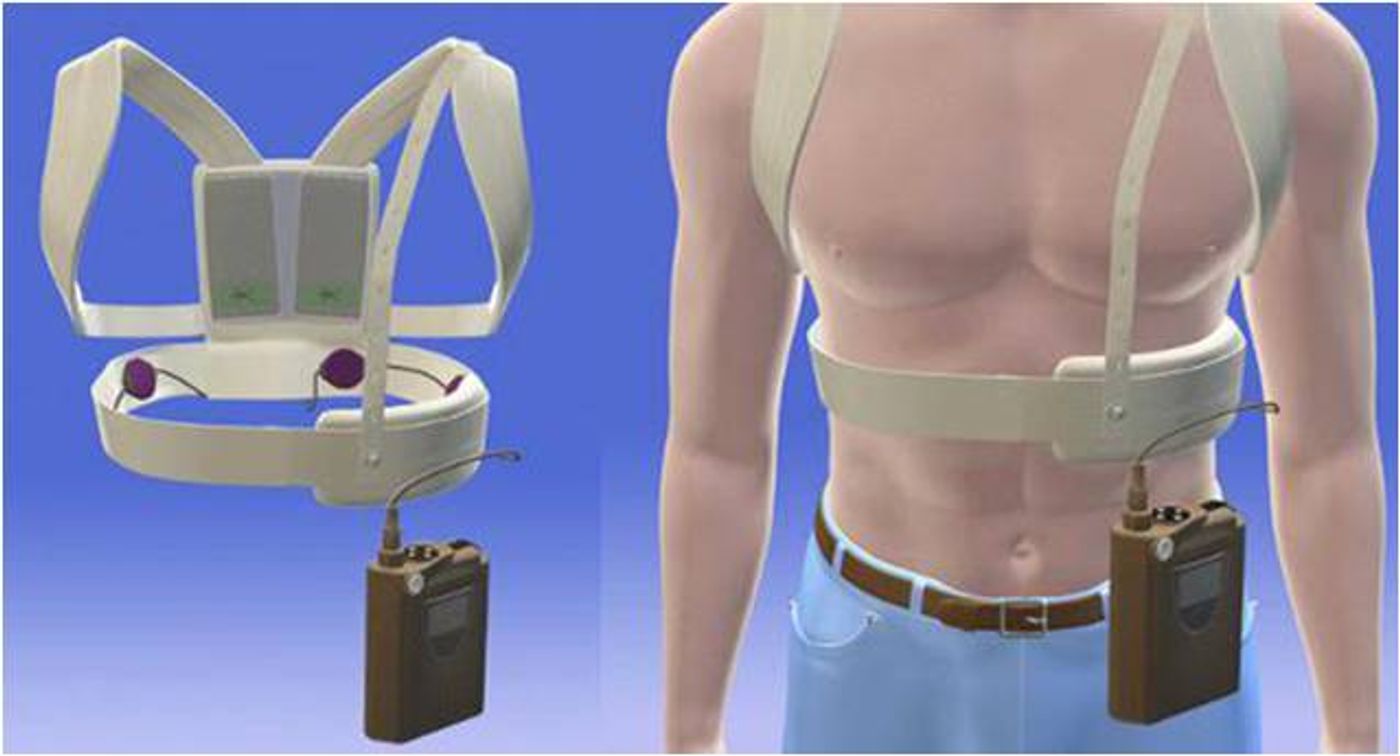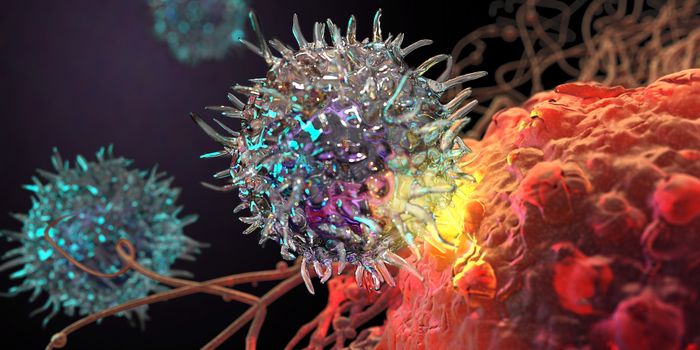A portable, wearable heart defibrillator was recently approved for use in children at risk for sudden cardiac arrest.
The heart has an electrical system that controls the rate and rhythm of the heartbeat. Irregular heartbeats, also known as arrhythmias, can sometimes cause the heart to stop pumping all together. In sudden cardiac arrest (SCA), the heart fails to beat quite suddenly and unexpectedly, cutting blood flow to the brain and all other vital organs. Without immediate treatment, death usually results within mere minutes.
Rapid treatment of SCA with a defibrillator can be lifesaving. A defibrillator is a device that sends an electric shock to the heart to restore its normal rhythm. In many public buildings and places,
automatic external defibrillators (AED) are mounted on the walls on the ready for such a cardiac event. However, these devices require a second person to operate them and are not truly designed for children.
The
FDA-approved LifeVest is the only one of its kind that can be worn by the child with the expressed purposes of monitoring the patient’s heart rhythm and automatically delivering treatment shocks. The portable, life-saving device consists of two components: a fitted garment worn at the chest that has dry, non-adhesive sensing electrodes to continuously monitor patient's heart for any irregularities; and a monitor that’s worn in a holster around the waist that collects electrocardiogram (ECG) data from the sensing electrodes. In the event of an SCA, the electrodes will detect and automatically release a blue conductive gel before delivering an electrical shock to restore normal heart rhythms.
This approval was based on published studies and clinical information from 248 patients, ages 3 to 17, vulnerable to sudden cardiac arrest. While the device had no adverse effects, it successfully delivered life-saving shocks to four patients who experienced SCA. And of note, the device has been approved for adults since 2001.
The pediatric medical community is often forced to use adult devices off-label without appropriate labeling or instructions for use in pediatric patients. Doctors now have important information that may help them safely prescribe this life-saving device to young patients who may benefit from the device. –Vasum Peiris, M.D., M.P.H., Chief Medical Officer of Pediatrics and Special Populations in the FDA’s Center for Devices and Radiological Health.
The life-saving device weighs in at less than two pounds and is indicated for children at risk for SCA but who are ineligible for an implantable defibrillator due to medical or other extenuating circumstances. In addition, for the device to fit properly the child must weigh at least 41 pounds and have a chest size of 26 inches or more. The size restriction will probably limit the device to children who are 8 years and older.









